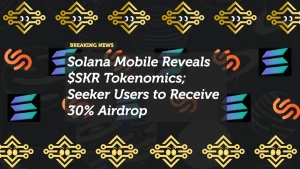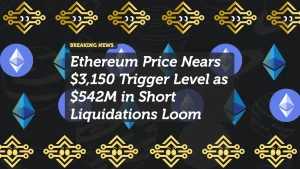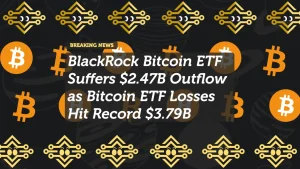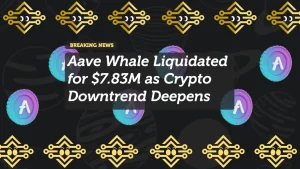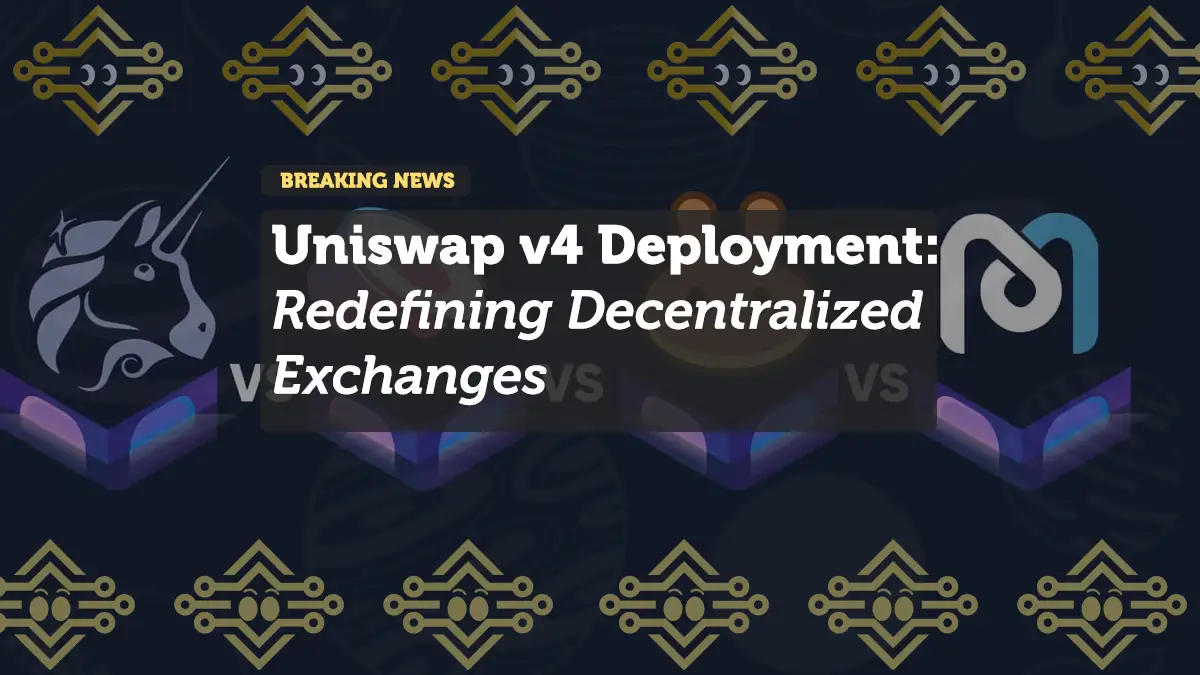
Uniswap v4 Deployment: Redefining Decentralized Exchanges
Uniswap, the pioneer in decentralized exchanges (DEXs), has announced the deployment of its version 4 (v4) protocol. With innovative features such as singleton architecture, hooks, and flash accounting, Uniswap v4 is poised to redefine how liquidity and trading operate in the Ethereum DeFi ecosystem.
Let’s take a deep dive into the key features of this update, its potential impact, and what it means for the broader DeFi landscape.
What’s New in Uniswap v4?
1. Singleton Contract Architecture
In previous versions, each liquidity pool was managed by a separate smart contract, resulting in high gas costs for pool creation.
- Efficiency Boost: v4 introduces a singleton contract called PoolManager.sol, consolidating all pools into a single contract.
- Gas Cost Reduction: This structure cuts pool creation costs by up to 99%, as pools are now treated as state updates within the contract rather than requiring new deployments.
2. Hooks – Customizable Pool Behavior
Hooks are a groundbreaking feature in v4, offering developers unprecedented flexibility to tailor liquidity pools to specific use cases.
- What Are Hooks? Hooks are customizable plugins that allow developers to modify pool behavior, such as:
- Dynamic Fee Structures: Adjust fees based on market conditions.
- Limit Orders: Enable more complex trading mechanisms.
- Custom Oracles: Integrate unique data feeds for price tracking.
- Developer Opportunity: Hooks open the door for DeFi innovation, enabling developers to experiment with new financial products while leveraging Uniswap’s infrastructure.
3. Flash Accounting for Reduced Transaction Costs
Flash accounting minimizes gas costs by only transferring net balances at the end of transactions, rather than for each individual operation.
- Impact: This optimization streamlines trading and liquidity provision, making it more cost-effective for users.
- Result: A more scalable and efficient protocol, especially beneficial for high-frequency traders and automated market makers.
4. Native ETH Support
v4 enables trading with native ETH directly, removing the need to wrap it into WETH (Wrapped ETH).
- Simpler User Experience: This eliminates an additional step for traders, making the platform more user-friendly.
- Cost Savings: Reduces gas fees associated with wrapping and unwrapping ETH.
5. Dynamic Fees
Pools in v4 can now adjust fees dynamically in real-time, offering greater adaptability to changing market conditions.
- Why It Matters: Liquidity providers can optimize their earnings, and traders benefit from fee structures that reflect real-time market dynamics.
Deployment and Community Engagement
1. Community-Focused Rollout
Uniswap has emphasized public collaboration during v4’s development:
- The draft code was shared for community review, allowing developers and users to contribute feedback before deployment.
- Address Mining Challenge: Uniswap gamified its deployment by inviting participants to mine and submit potential deployment addresses, further engaging the community.
2. Phased Deployment
The rollout will occur in stages:
- Testing Hooks: Builders will test on-chain integrations.
- Final Deployment: Full contracts will be deployed after thorough testing, ensuring robustness and security.
Impact of Uniswap v4 on the DeFi Ecosystem
1. Efficiency and Scalability
The reduction in gas costs, combined with flash accounting and native ETH support, makes Uniswap v4 one of the most cost-efficient DEXs on Ethereum.
2. Innovation Catalyst
Hooks allow developers to create bespoke liquidity pools and financial products, encouraging experimentation and diversity in DeFi applications.
3. Strengthening Ethereum’s Position
As Ethereum continues to dominate the DeFi space, Uniswap v4’s enhancements will likely attract more users, developers, and liquidity providers to the platform, reinforcing Ethereum’s ecosystem.
4. UNI Token’s Market Sentiment
The announcement of v4 has already boosted optimism around UNI, Uniswap’s governance token. Traders and investors view this update as a pivotal step in maintaining Uniswap’s dominance in the DEX market.
Challenges and Considerations
1. Complexity for Developers
While hooks offer immense flexibility, they also add complexity for developers unfamiliar with advanced smart contract design.
2. Competition in the DEX Space
Competitors like SushiSwap, PancakeSwap, and Curve are also innovating rapidly. Uniswap must continue to differentiate itself to maintain its market lead.
3. User Education
The introduction of advanced features like hooks and dynamic fees will require user education to ensure they are fully utilized.
Conclusion: Uniswap v4 as a Catalyst for DeFi Evolution
Uniswap v4 represents a significant leap forward in the decentralized exchange space. By introducing cost-saving mechanisms, customizable hooks, and dynamic fee structures, it not only enhances user experience but also fosters a more innovative and scalable DeFi ecosystem.
As Uniswap continues to refine and deploy v4, its potential to reshape decentralized trading and solidify Ethereum’s dominance in DeFi cannot be overstated.
For traders, developers, and liquidity providers, v4 marks a new chapter in decentralized finance—one filled with opportunities for customization, efficiency, and growth.












